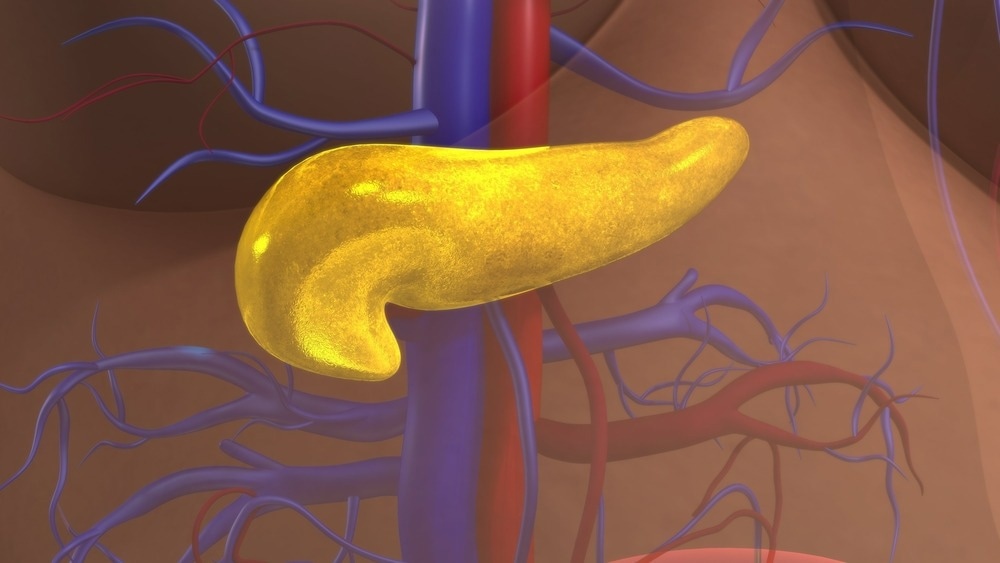Reviewed by Danielle Ellis, B.Sc.May 31 2023
At the Shanghai Institute of Nutrition and Health (SINH) of the Chinese Academy of Sciences (CAS), a research group headed by Professor Zhen Shao and the collaborators plotted a high-resolution roadmap for the process of pancreatic β cell regeneration by in vivo transdifferentiation from adult acinar cells with the help of a single-cell RNA sequencing (scRNA-seq) technology.

Image Credit: sciencepics/Shutterstock.com
The study has been reported in the journal Science Advances.
To regenerate functional cells, adult mammals have restricted their capacity. In vivo transdifferentiation heralds the chance of regeneration by lineage reprogramming from other completely differentiated cells.
Considering pancreatic β cell regeneration as a paradigm, it has been reported that in vivo transdifferentiation from adult mouse pancreatic acinar cells to induced β cells has been achieved, which has been induced by Pdx1, Mafa, and Ngn3 (M3 factor).
By adopting this way, regenerated β cells can generate and secrete insulin in the absence of causing rejection in mice, which holds excellent promise for curing diabetes.
Acinar cells are known to be the highly abundant cell type in the pancreas, accounting for up to 99%, which can serve as a perfect source for β cell regeneration. Also, a pancreatic microenvironment could encourage the maturation of regenerated β cells and the development of islet-like structures.
But the present knowledge of the in vivo transdifferentiation process from acinar cells to β cells is yet superficial. How the cell fate alters and what factors play key roles at the time of this process requires additional research and interpretation.
The single-cell transcriptomic study of in vivo transdifferentiation from adult mouse acinar cells to induced β cells was performed by Professor Shao’s group and Professor Li Weida’s group from Tongji University.
The scientists disclosed that the constructed cell trajectory of the transdifferentiation process can be divided into two stages: stage 1, which is a single line, and stage 2, which is branched. Several cell fates have been matched by the two lineages of stage 2. One of them leads to successfully reprogrammed β cells, and the other one guides to the dead-end.
Consecutive studies of these two stages revealed that p53 plays a role in the reprogramming barrier by regulating cell cycle arrest in stage 1, and high expression of Dnmt3a results in the cells and the fate of reprogramming failure in stage 2. Furthermore, the deletion of p53 or reduction of Dnmt3a expression enhanced the efficiency of β cell regeneration.
This study decoded a high-resolution roadmap for the regeneration of β cells by in vivo transdifferentiation from adult acinar cells and further determined a range of significant regulatory factors, which offer an elaborate molecular blueprint to streamline in vivo regeneration in mammals.
Source:
Journal reference:
Liu, G., et al. (2023) Charting a high-resolution roadmap for regeneration of pancreatic β cells by in vivo transdifferentiation from adult acinar cells. Science Advances. doi.org/10.1126/sciadv.adg2183